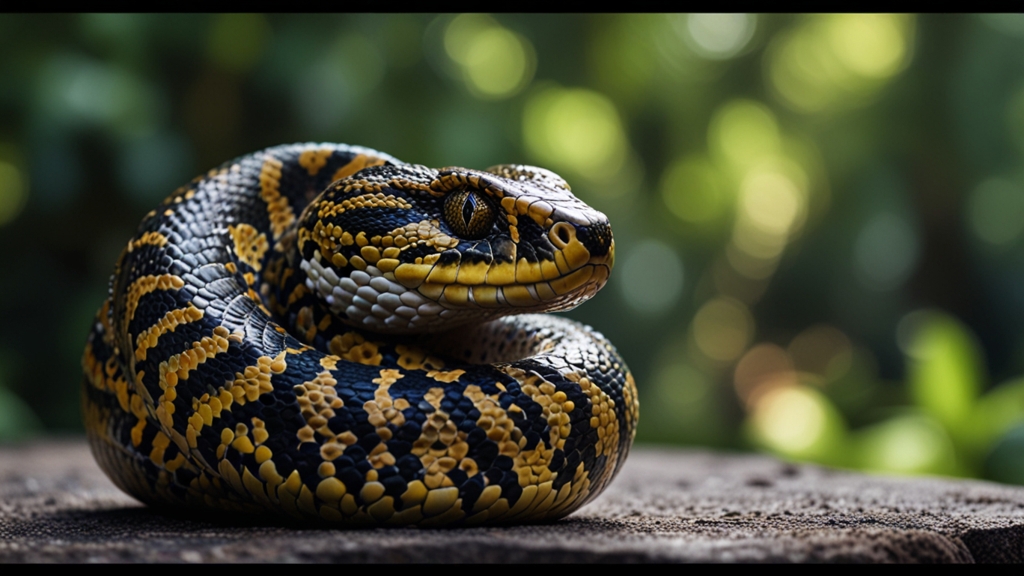Ocean Voyagers: Inspiring Migration Stories of Sea Turtles
Sea turtles are remarkable creatures whose lives are punctuated by epic journeys across the world's oceans. These marine voyagers navigate vast distances, often facing significant challenges, driven by instincts that have been finely tuned over millions of years. This article explores some of the most inspiring migration stories of sea turtles, highlighting their incredible journeys and the resilience they embody.
The Green Sea Turtle: A Transoceanic Traveler
Among the seven species of sea turtles, the green sea turtle (Chelonia mydas) is known for its long-distance migrations. Starting their lives on tropical sandy beaches, hatchlings scramble to the sea, embarking on a journey that will take them across entire ocean basins. Juvenile green sea turtles spend their early years in the open ocean, traveling thousands of miles in what is often called the "lost years" because little is known about their activities during this time.
"Tracking studies have shown that green sea turtles can migrate more than 1,600 miles (2,600 kilometers) between feeding grounds and nesting sites." – Marine Biologist Insights
As they mature, they return to coastal waters where they feed on seagrass and algae. Eventually, adult females migrate to specific nesting beaches, often the same location where they were born, to lay their eggs. This arduous journey, repeated every few years, is a testament to their navigational prowess and tenacity.
Leatherback Turtles: Giants of the Ocean
The leatherback sea turtle (Dermochelys coriacea) is the largest of all sea turtles and one of the world's most migratory animals. Unlike other sea turtles, leatherbacks have a unique physiology that allows them to survive in colder waters, enabling them to travel extraordinary distances from the tropics to temperate and even subpolar regions.
Leatherbacks feed primarily on jellyfish, which are abundant in nutrient-rich cold waters. Their migrations are driven by the search for these gelatinous prey, leading them to cross entire oceans. One leatherback was tracked traveling over 12,000 miles (19,000 kilometers) round-trip from its nesting beach in Indonesia to feeding grounds off the coast of Oregon, USA.
"Leatherback turtles are capable of diving over 4,000 feet (1,200 meters) deep, showcasing their incredible adaptations to life in the ocean depths." – Marine Research Reports
These migrations are fraught with dangers, including bycatch in fishing gear, marine pollution, and habitat destruction. Despite these challenges, leatherback turtles continue to undertake these monumental voyages, a testament to their enduring survival instincts.
Loggerhead Turtles: Navigational Experts
Loggerhead sea turtles (Caretta caretta) are well-known for their impressive navigational abilities. Hatchlings embark on their journey by digging out of their nests at night and heading towards the ocean, guided by the moonlight's reflection on the waves. Once in the ocean, they use the earth's magnetic field to navigate to distant foraging grounds.
One of the most fascinating examples is the loggerhead migration from the southeastern United States to the rich feeding grounds of the North Atlantic, a journey of thousands of miles. Studies have shown that loggerheads possess an intricate map sense which allows them to pinpoint their location relative to their destination using magnetic cues.
Female loggerheads exhibit strong site fidelity to their nesting beaches, often returning to the same stretch of coastline where they originally hatched. This remarkable homing ability ensures the continuation of specific genetic lineages and the stability of nesting populations.
Conservation Efforts: Protecting Sea Turtle Voyages
The awe-inspiring migrations of sea turtles highlight the importance of international conservation efforts. Organizations and governments worldwide are implementing measures to protect critical habitats, reduce bycatch, and mitigate the impacts of climate change.
Marine protected areas (MPAs) play a crucial role in safeguarding key foraging and nesting sites. Additionally, community-based conservation programs are empowering local populations to become stewards of their coastal environments. Innovations such as turtle excluder devices (TEDs) in fishing nets and reducing plastic pollution are helping to minimize human-induced threats to sea turtles.
"The survival of sea turtles depends on a global effort to protect their migratory routes and nesting sites, ensuring these majestic creatures continue their epic journeys for generations to come." – Conservation Advocacy Group
In conclusion, the migration stories of sea turtles are a tribute to the resilience and navigational genius of these ocean voyagers. As we continue to uncover the mysteries of their journeys, it is imperative that we also commit to their protection, ensuring that future generations can marvel at their incredible feats and thrive in the world's oceans.











